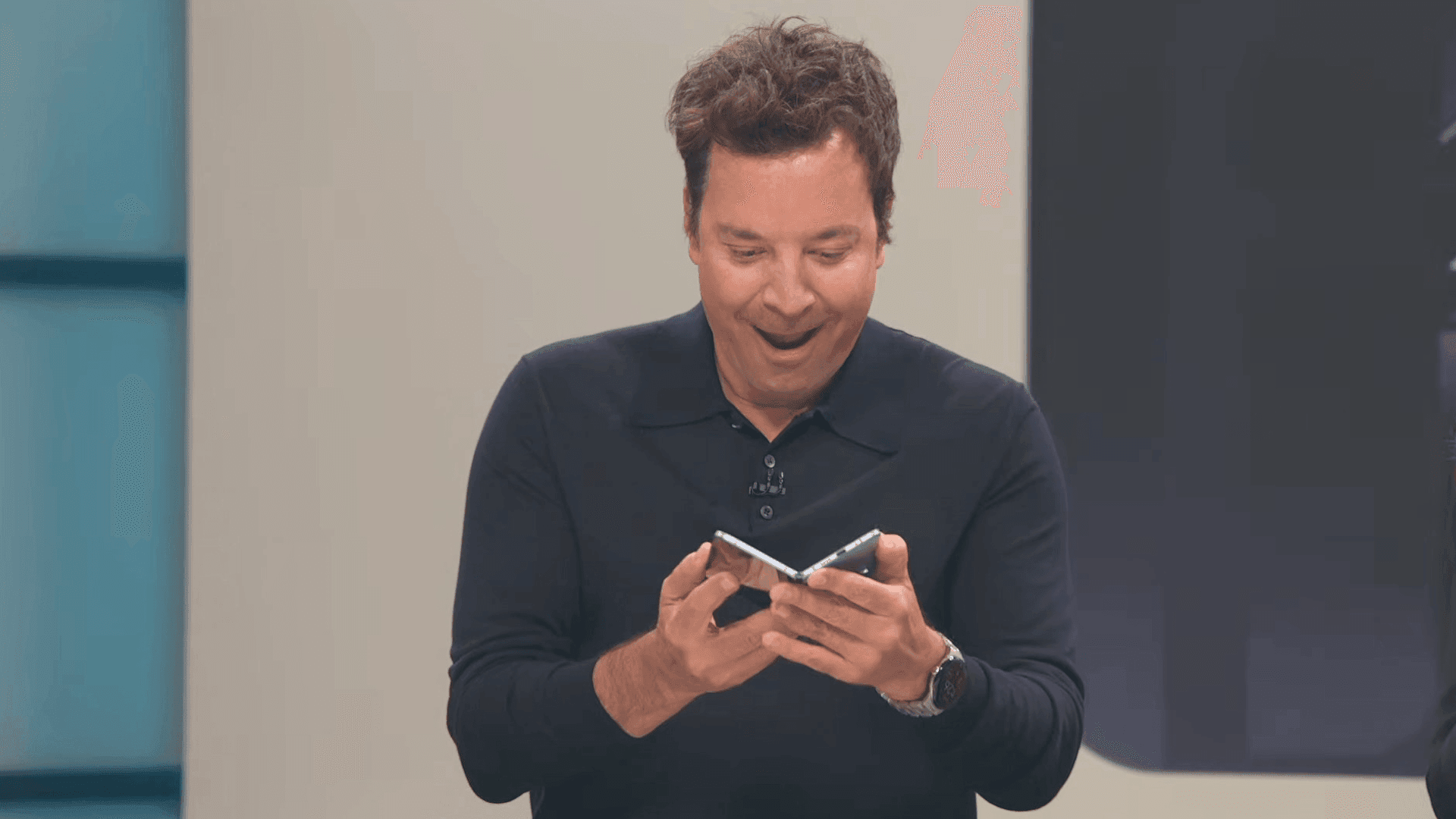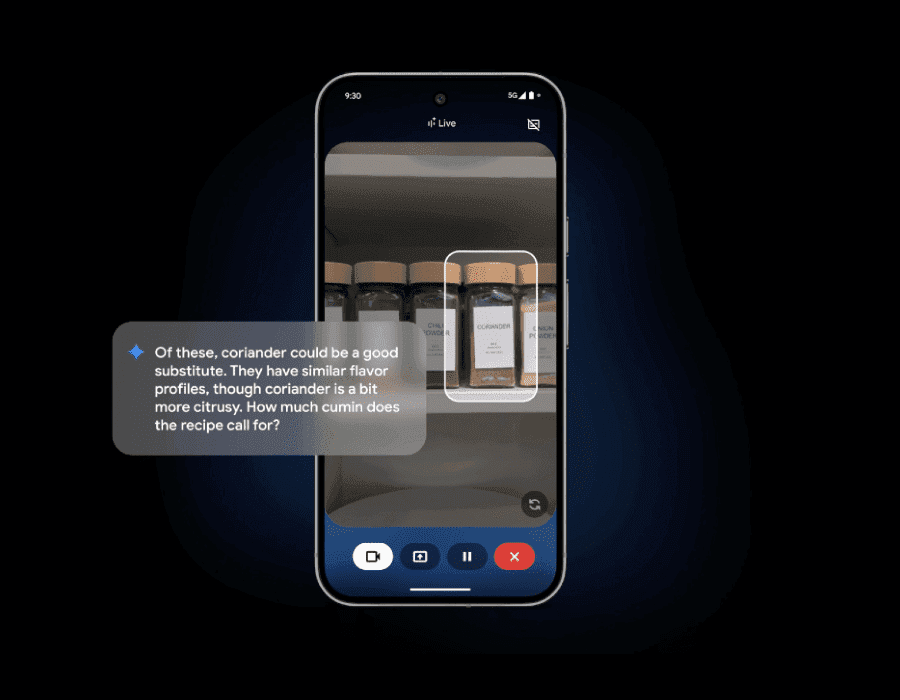
masimo sues us customs over apple watch blood oxygen workaround: Masimo sues us customs over apple watch — Masimo has initiated legal action against U.S.
Masimo Sues Us Customs Over Apple Watch
Masimo has initiated legal action against U.S. Customs and Border Protection following Apple’s recent announcement of a redesigned Blood Oxygen feature for the Apple Watch, amid ongoing patent disputes.
Background on the Dispute
Masimo, a medical technology company known for its non-invasive monitoring solutions, has been embroiled in a legal battle with Apple for several years. The conflict primarily revolves around patents related to the blood oxygen monitoring technology that Apple has integrated into its Apple Watch. This technology allows users to measure their blood oxygen levels directly from their wrist, a feature that has gained popularity among consumers seeking to monitor their health.
In 2020, Masimo filed a lawsuit against Apple, claiming that the tech giant had infringed on several of its patents. The lawsuit alleged that Apple had used Masimo’s proprietary technology in its health monitoring features without permission. This legal contention has escalated over time, with Masimo seeking not only financial compensation but also an injunction to prevent Apple from using its technology.
Apple’s Redesigned Blood Oxygen Feature
On August 16, 2025, Apple announced a significant update to its Blood Oxygen feature as part of its latest software release for the Apple Watch. The redesigned feature promises enhanced accuracy and user experience, which has drawn attention from both consumers and industry analysts. Apple’s commitment to health and wellness through its wearable technology has positioned the Apple Watch as a leader in the smartwatch market.
The updated Blood Oxygen feature includes improvements in measurement accuracy and user interface, allowing for easier access to health data. This move is not just a technical upgrade but also a strategic effort by Apple to reinforce its market position against competitors, including Fitbit and Garmin, who also offer similar health monitoring capabilities.
Masimo’s Lawsuit Against U.S. Customs
In a surprising turn of events, Masimo has shifted its legal focus and filed a lawsuit against U.S. Customs and Border Protection (CBP). The lawsuit appears to be a strategic maneuver aimed at challenging the importation of Apple Watches equipped with the Blood Oxygen feature. Masimo alleges that these devices infringe on its patents and that the CBP has failed to take appropriate action against Apple regarding these alleged infringements.
By targeting the CBP, Masimo is likely seeking to halt the importation of Apple Watches into the United States, which could have significant implications for Apple’s sales and market presence. The lawsuit raises questions about the enforcement of patent rights in the context of international trade and the role of U.S. Customs in regulating the import of potentially infringing products.
Legal Implications and Stakeholder Impact
The legal battle between Masimo and Apple has broader implications for the tech industry, particularly regarding patent enforcement and the competitive landscape of health technology. If Masimo’s lawsuit against the CBP succeeds, it could set a precedent for how patent disputes are handled in the context of international trade, potentially affecting how technology companies approach product development and market entry.
For Apple, the lawsuit presents a significant challenge. The company has invested heavily in health technology and has built a substantial user base around its health-related features. Any disruption in the supply chain due to legal action could impact not only sales but also consumer perception of the Apple Watch’s reliability and functionality.
Masimo’s Objectives
Masimo’s decision to pursue legal action against U.S. Customs seems to be driven by a desire to protect its intellectual property and maintain its competitive edge in the health technology market. The company has long argued that its innovations in non-invasive monitoring should not be undermined by larger tech companies that can afford to absorb the costs of litigation and patent disputes.
In its lawsuit, Masimo is likely seeking several outcomes, including:
- A halt to the importation of Apple Watches that utilize its patented technology.
- Financial compensation for damages resulting from the alleged patent infringement.
- A broader recognition of its patents in the context of health monitoring technology.
Potential Outcomes and Industry Reactions
The outcome of Masimo’s lawsuit against U.S. Customs could have several potential ramifications. If the court rules in favor of Masimo, it may lead to a temporary ban on the importation of Apple Watches, which would significantly impact Apple’s sales in the U.S. market. Conversely, if Apple prevails, it could reinforce the company’s position and discourage similar lawsuits from other companies in the future.
The tech industry is closely monitoring this case, as it could influence future patent litigation strategies. Companies in the health technology sector may be compelled to reassess their patent portfolios and consider the implications of entering into partnerships or licensing agreements to avoid similar disputes.
Consumer Impact
For consumers, the ongoing legal battle could affect the availability of Apple Watches and potentially lead to changes in product features or pricing strategies. If the importation of Apple Watches is restricted, consumers may face limited options in the market, which could drive them toward alternative brands or models that do not face similar legal challenges.
Conclusion
The legal conflict between Masimo and Apple is a complex case that underscores the challenges of patent enforcement in the rapidly evolving tech landscape. As Masimo takes legal action against U.S. Customs, the implications of this lawsuit will likely reverberate throughout the industry, affecting not only Apple but also other players in the health technology market. The outcome of this case will be pivotal in shaping the future of patent rights and competition in the tech sector.
Source: Original reporting
Further reading: related insights.
Was this helpful?
Last Modified: August 27, 2025 at 1:51 am
2 views















